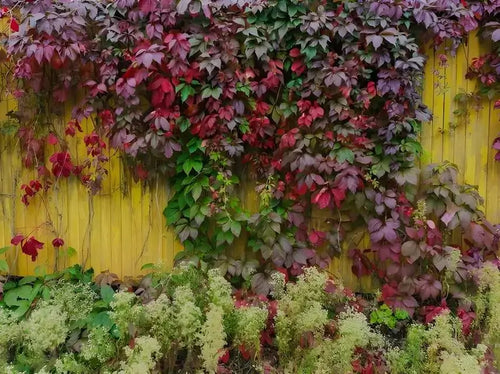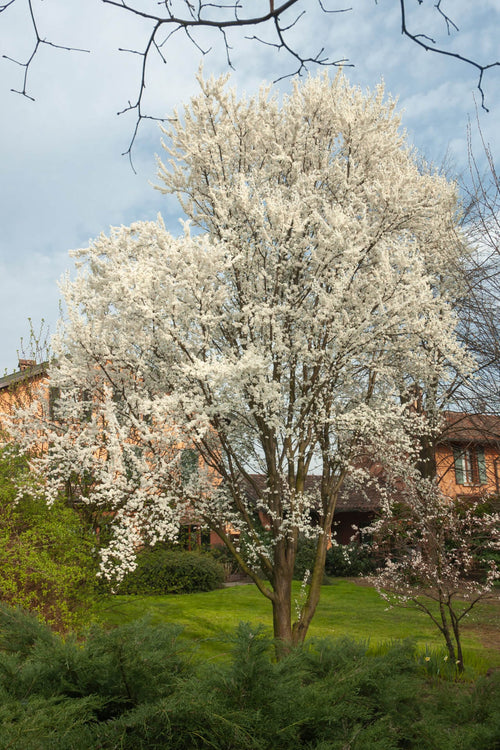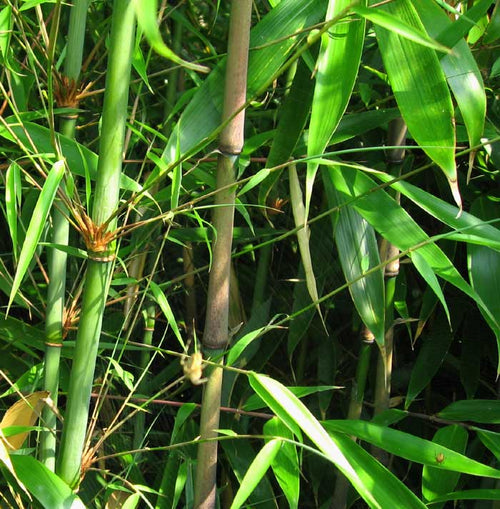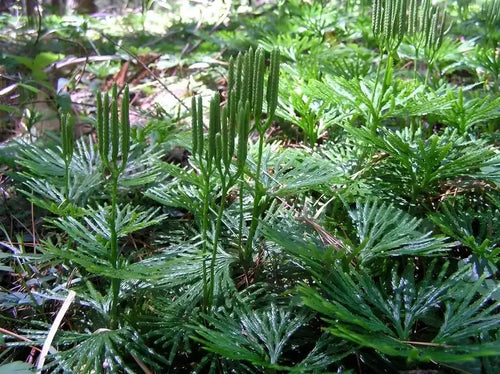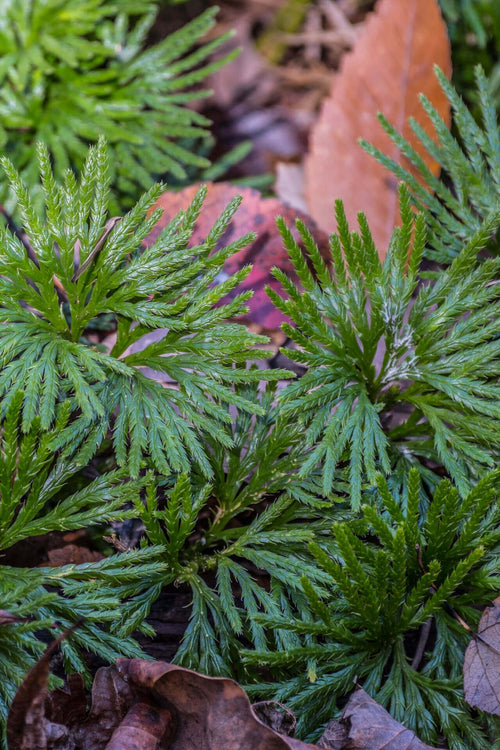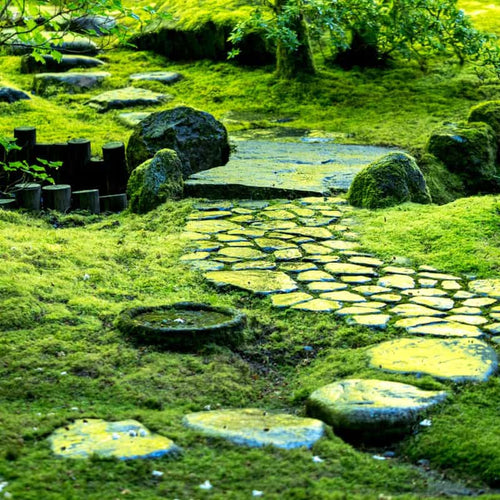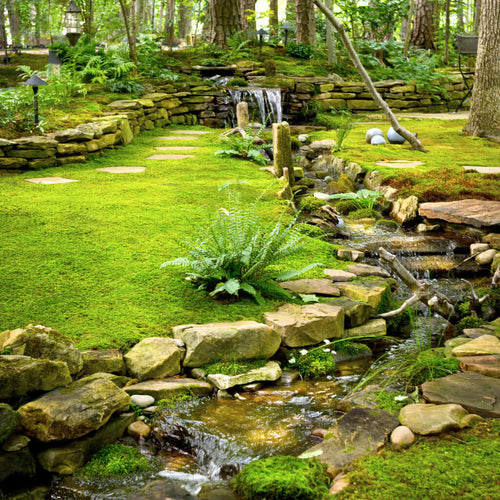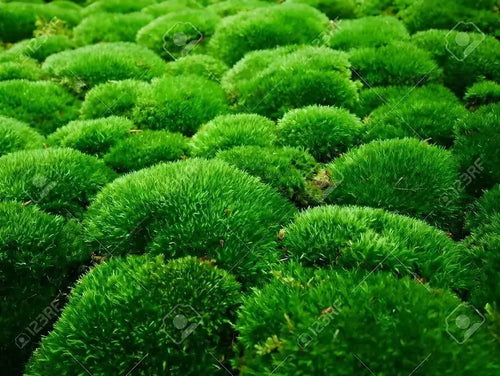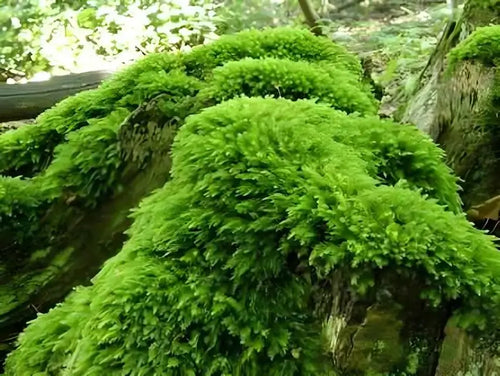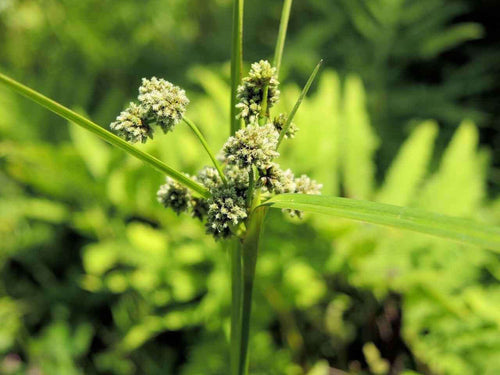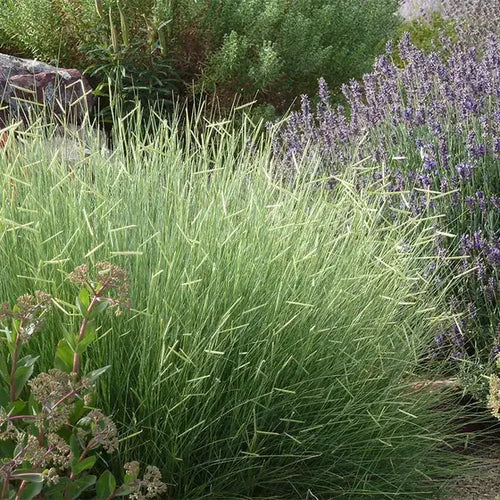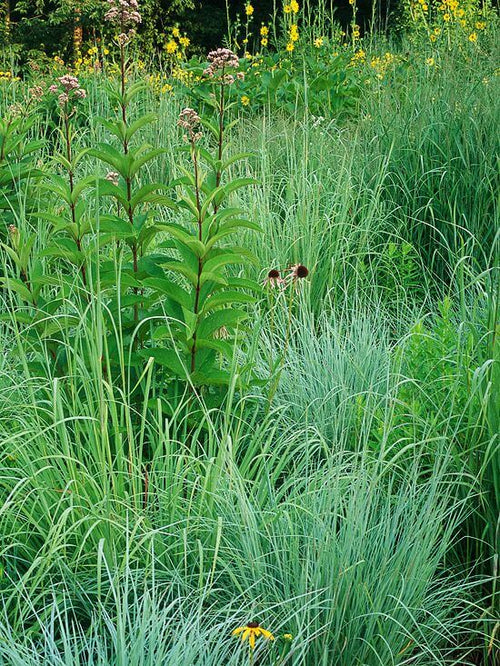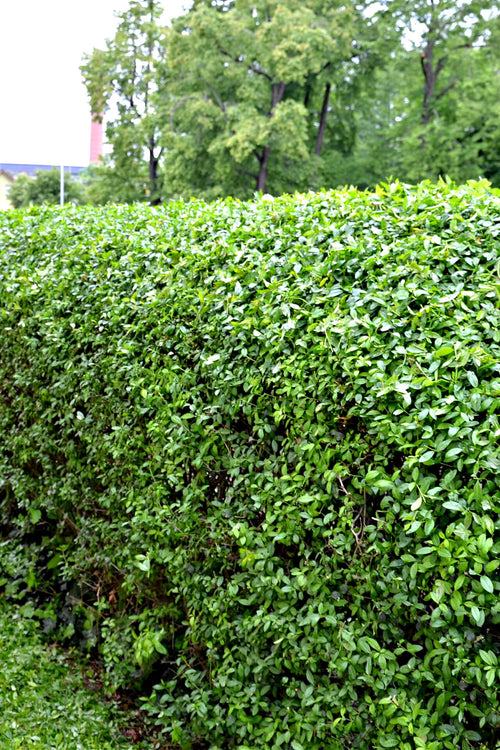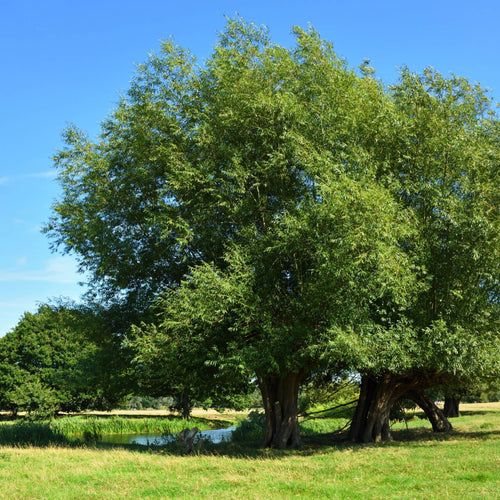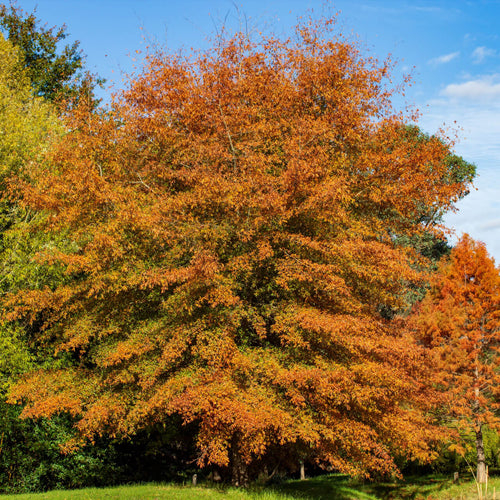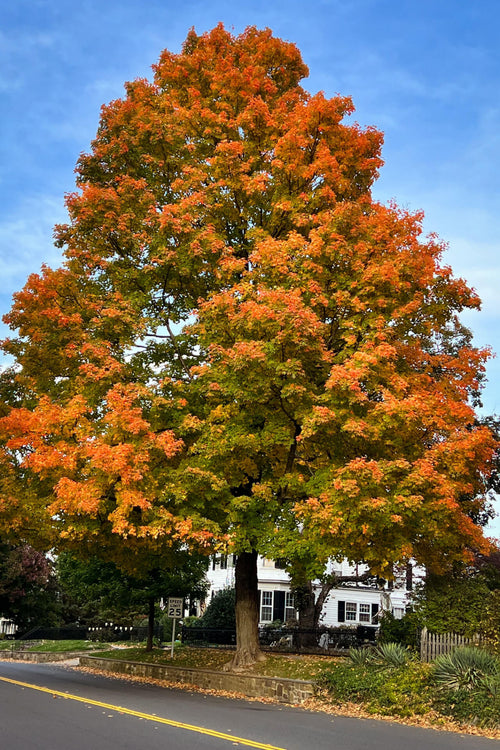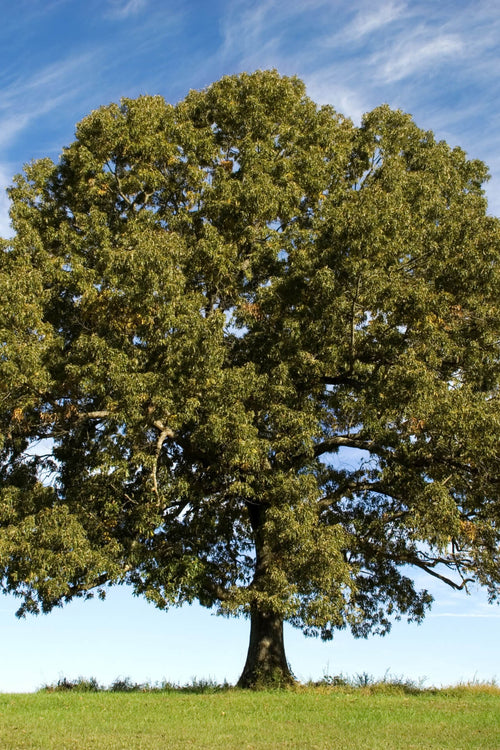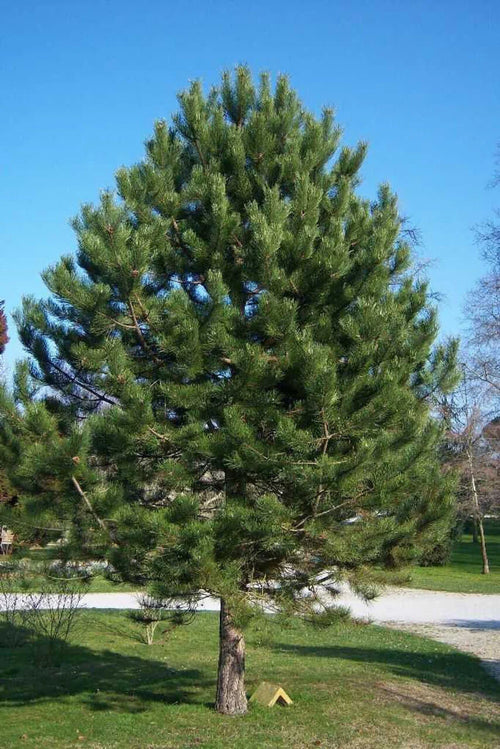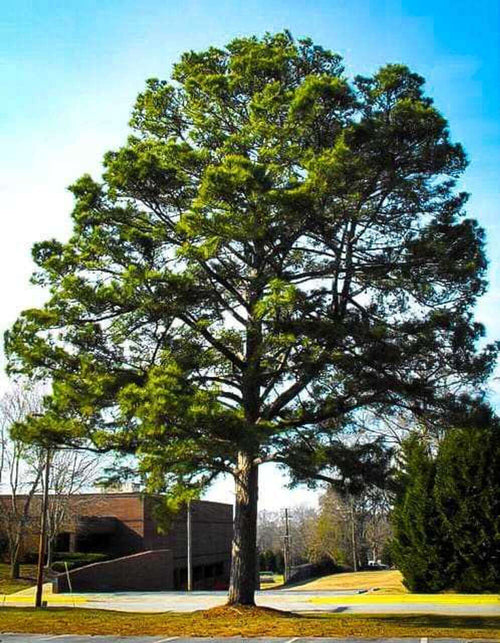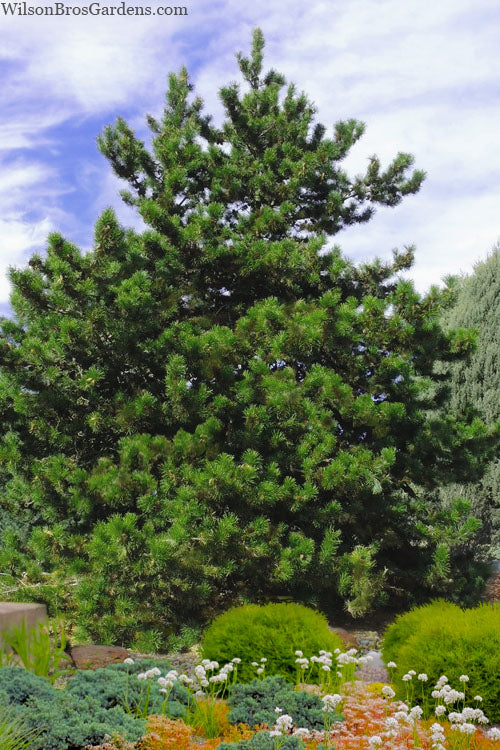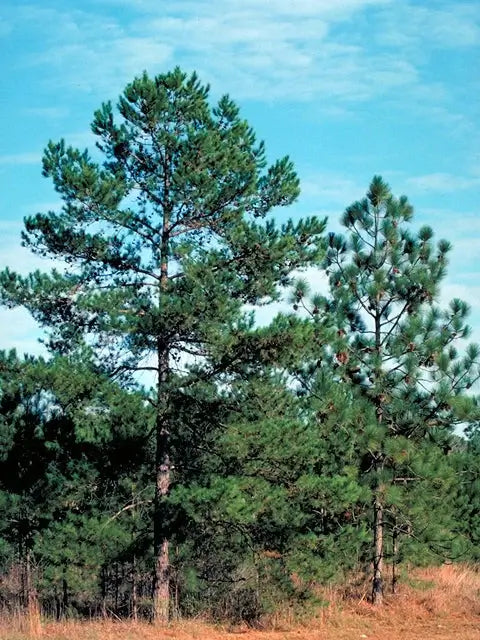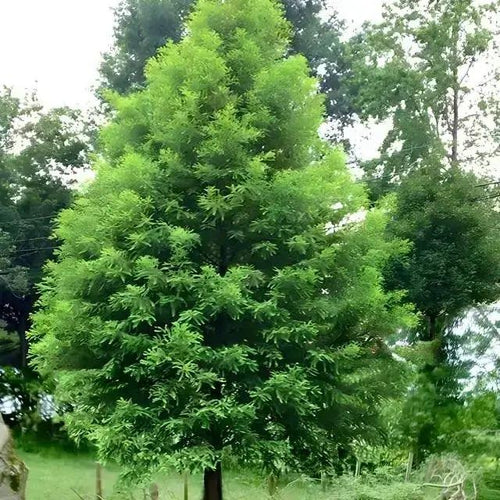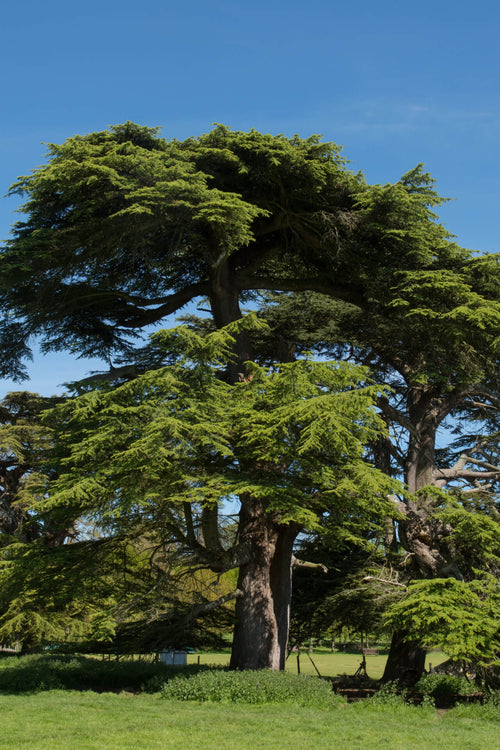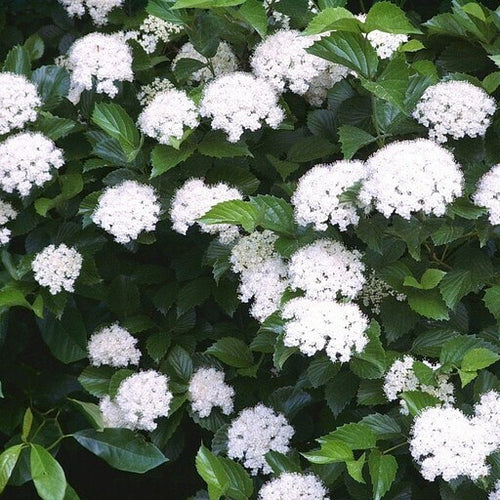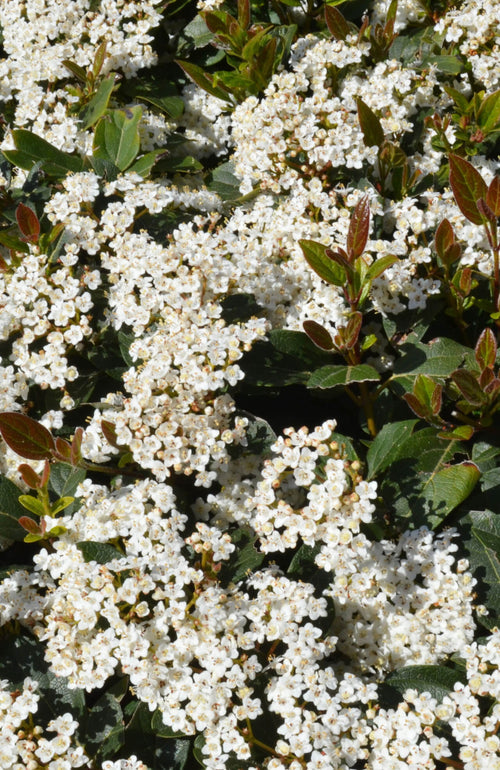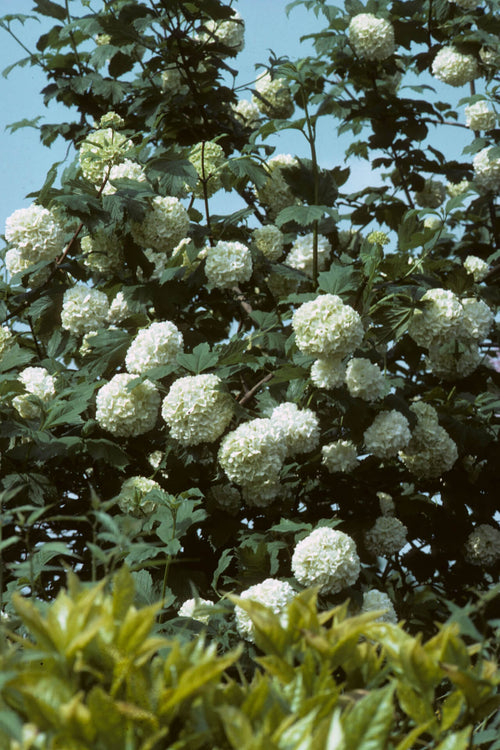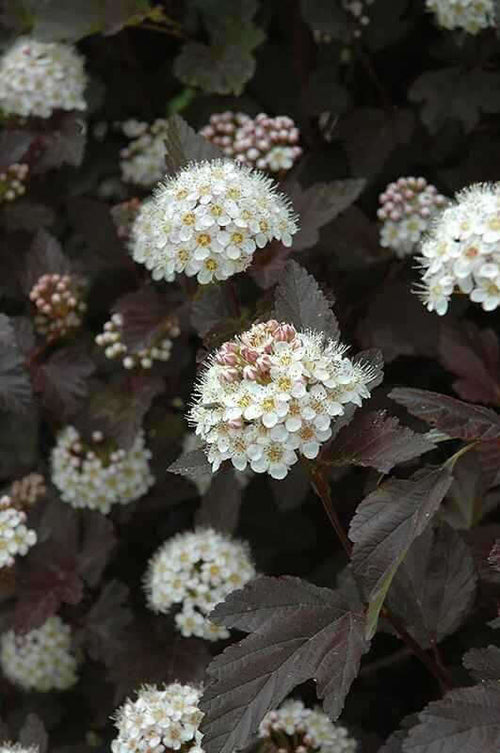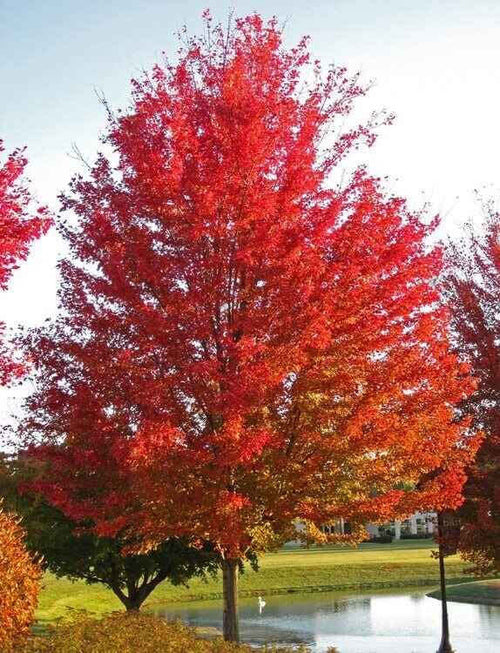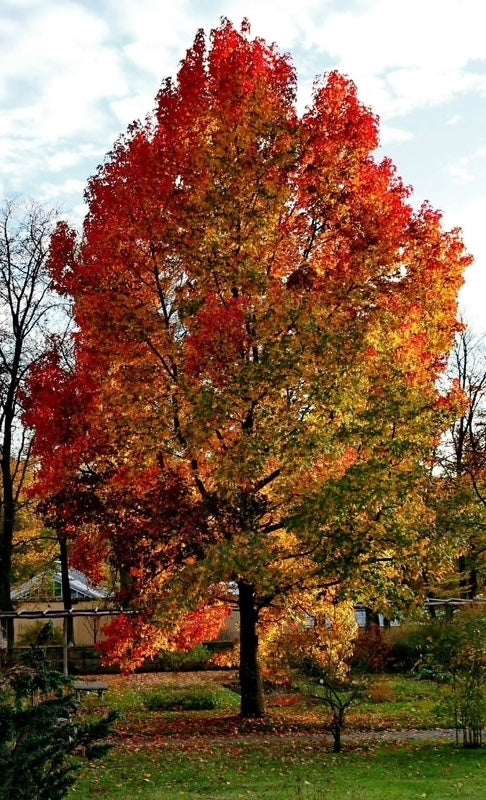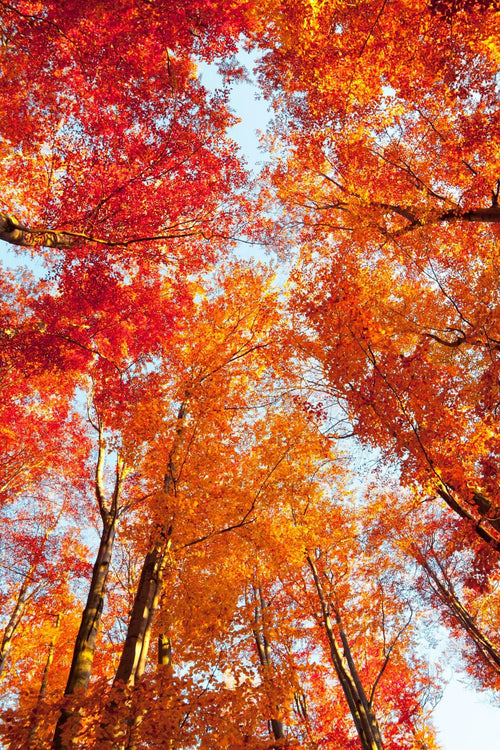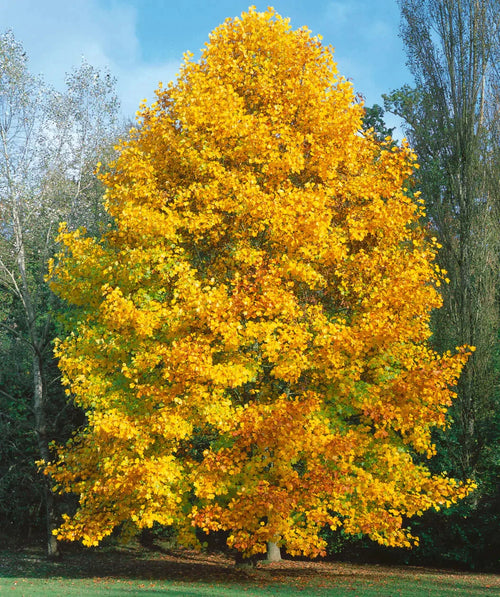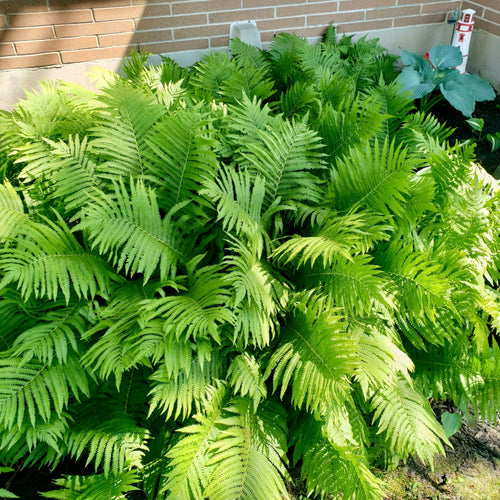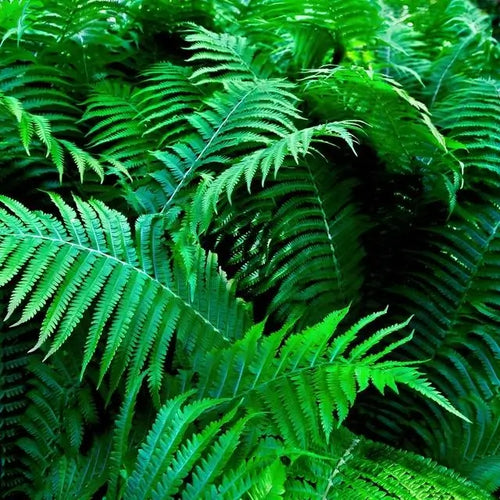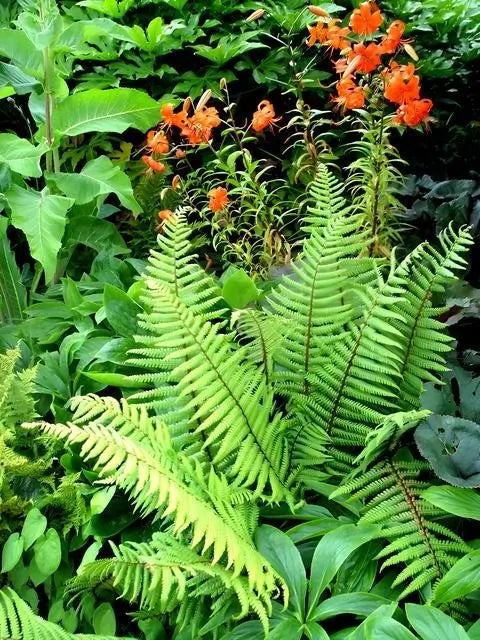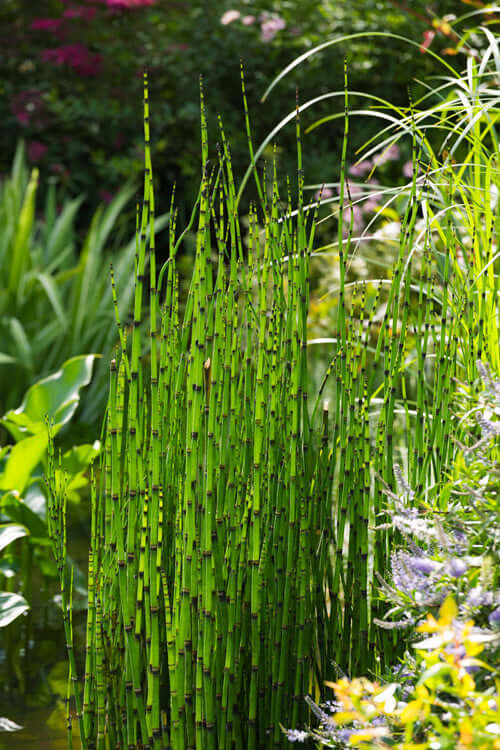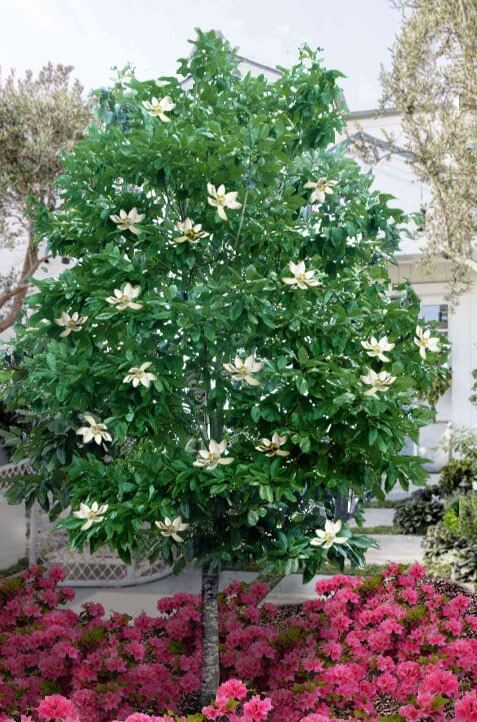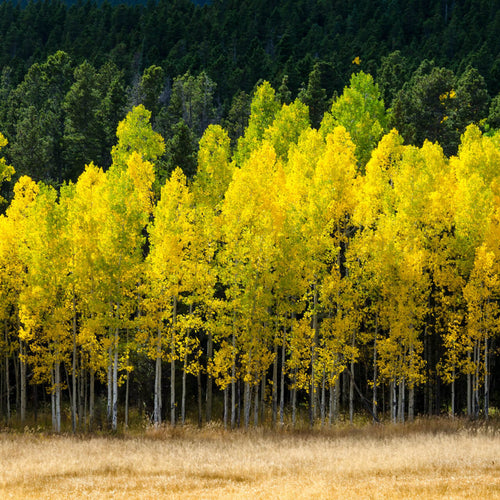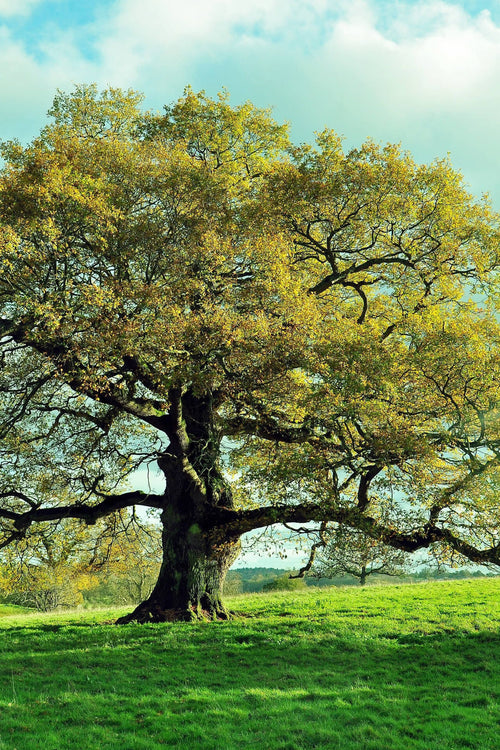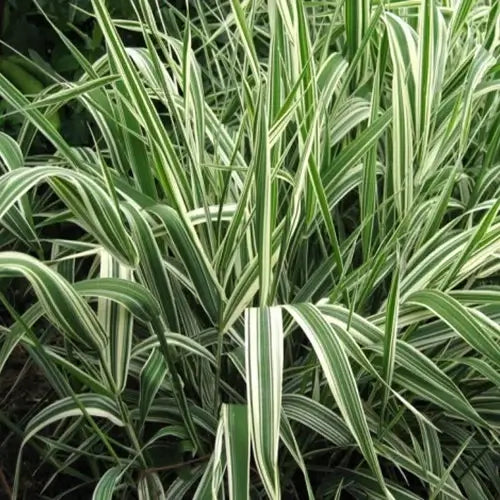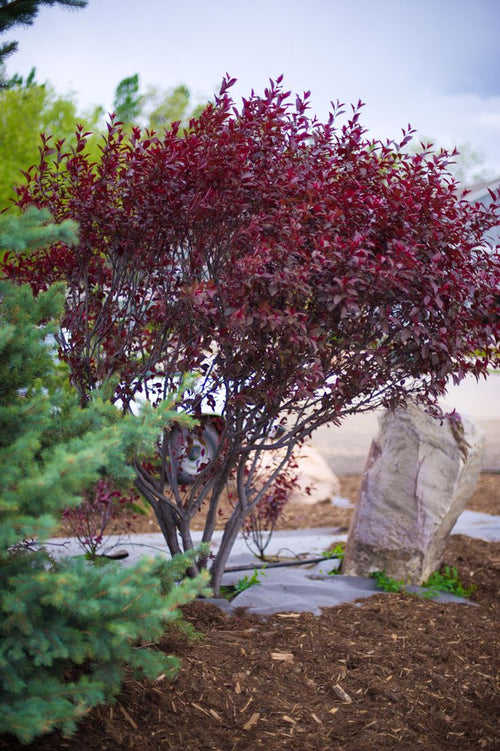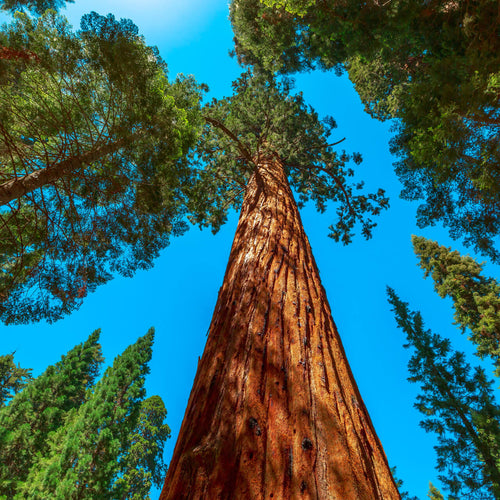25 Big Ferns Grab Bag - Get 25 Ferns Chosen Perfectly For Your Zone
Fern Variety Set 25 Ferns Choose Perfectly For Your Zone - All Ferns are Mature
Transform your living space into a lush, tranquil oasis with the Fern Variety - 25 Plants. This exquisite collection features a diverse array of fern species carefully curated to bring elegance and natural beauty to your home, office, or garden. With their feathery fronds and rich green hues, these plants will captivate your senses and create a soothing atmosphere wherever they are placed.
Each Fern Variety - 25 Plants package includes a selection of twenty-five different fern species, each with its unique charm and characteristics. From the classic Boston Fern to the delicate Maidenhair Fern, this collection offers a delightful assortment that will appeal to both seasoned plant enthusiasts and beginners alike. With their varying heights, leaf shapes, and textures, these ferns create a captivating visual display when grouped or scattered throughout your space.
These ferns thrive in various environments.
Making them suitable for indoor and outdoor settings, whether you have a sunny windowsill, a shaded corner, or a patio that needs a touch of greenery.
Not only do these ferns offer aesthetic appeal, but they also provide several health benefits. Ferns are renowned for their air-purifying properties, removing toxins and impurities from the surrounding atmosphere. Introducing these plants into your environment allows you to enjoy cleaner, fresher air and promote a healthier living space. Additionally, ferns have been known to increase humidity levels, making them excellent choices for areas prone to dryness.
Caring for the Fern Variety - 25 Plants is a breeze, even for those without a green thumb.
Ferns are generally low-maintenance plants, requiring moderate watering and indirect light. With a bit of attention and occasional misting, these plants will reward you with their lush, vibrant foliage, providing a sense of tranquility and natural beauty.
Whether it's a housewarming present, a birthday gift, or a gesture of appreciation, this collection will surely delight and bring joy to the recipient.With the Fern Variety - 25 Plants, you can create a beautiful oasis in any space, bringing the beauty of nature indoors or enhancing your outdoor sanctuary. Embrace the calming presence of these ferns, let their graceful fronds transport you to a peaceful world, and experience the serenity that only nature can provide.Note: Plant species in the Fern Variety - 25 Plants collection are subject to availability and may vary slightly from the description. Rest assured, each package is thoughtfully curated to ensure a diverse and stunning selection of ferns.10 Benefits of the Fern Variety - 25 Plants: A Green Paradise for Your Space1. Natural Air Purifiers: The Fern Variety - 25 Plants are renowned for their air-purifying abilities.2. Increased Humidity: Ferns release moisture into the air through transpiration. Introducing the Fern Variety - 25 Plants into your space can naturally increase humidity levels, particularly in dry environments or during winter when indoor heating can cause dryness.3. Stress Reduction: Studies have shown that being surrounded by plants and nature can help reduce stress levels. The Fern Variety - 25 Plants in your home or office can create a soothing and tranquil atmosphere, helping you unwind and find peace amidst the daily hustle and bustle.4. Natural Aesthetics: Whether placed on a windowsill, hung in baskets, or displayed in a terrarium, these ferns create an eye-catching display that enhances the aesthetic appeal of your surroundings.5. Versatility: The Fern Variety - 25 Plants are versatile and adaptable to various environments. They thrive indoors and outdoors, making them suitable for multiple spaces such as living rooms, offices, balconies, patios, or even shaded garden corners. This versatility allows you to enjoy their beauty wherever desired.6. Low Maintenance: If you're new to plant care or have a busy schedule, the Fern Variety - 25 Plants are ideal. Ferns are generally low-maintenance plants that require moderate watering and indirect light. You can enjoy their lush foliage with minimal effort without the stress of constant maintenance.7. Improved Focus and Productivity: Indoor plants, including the Fern Variety - 25 Plants, have been linked to increased focus and productivity. Having these ferns in your workspace or study area can help reduce mental fatigue, improve concentration, and create a more conducive environment for accomplishing tasks.8. Natural Décor Element: The Fern Variety - 25 Plants serve as natural décor elements, adding a touch of greenery to any interior design scheme. Whether your style is modern, bohemian, or traditional, these ferns blend with various decorative types, bringing life and freshness to your space.9. Educational Value: The Fern Variety - 25 Plants offer educational opportunities for children and adults. They observe the ferns' growth patterns, learn about their unique characteristics, and understand their life cycle.10. Thoughtful Gift Option: Whether it's a housewarming gift, a birthday present, or a gesture of appreciation, the Fern Variety - 25 Plants makes a thoughtful and meaningful gift for plant enthusiasts and nature lovers. These beautiful ferns bring joy, serenity, and a touch of nature's beauty into the lives of your loved ones.In conclusion, the Fern Variety - 25 Plants offer numerous benefits beyond their aesthetic appeal. From purifying the air and increasing humidity levels to reducing stress and enhancing focus, these versatile and low-maintenance plants bring many advantages to any space. Whether you're looking to create a calming oasis in your home or improve the atmosphere in your office, the Fern Variety - 25 Plants is a green paradise that will transform your surroundings into a vibrant and rejuvenating haven.Tips for Maintaining the Fern Variety - 25 Plants: A Guide to Keeping Your Green Oasis ThrivingThe Fern Variety - 25 Plants bring beauty and natural elegance to any space, but like any living organism, they require care and attention to thrive. Tips to help you maintain and ensure the longevity of your fern collection:1. Light Requirements: Most ferns prefer indirect or filtered light, as direct sunlight can scorch their delicate fronds.2. Proper Watering: Proper watering is crucial for ferns. They prefer consistently moist soil but avoid overwatering as it can lead to root rot. Before watering, check the top inch of soil - if it feels dry, it's time to water. Use room temperature water and ensure that the excess water drains out of the pot to prevent waterlogging.3. Humidity Requirements: Ferns thrive in humid environments. If your space is dry, you can increase humidity by misting the fronds regularly with water or placing a tray filled with water and pebbles beneath the plants. Alternatively, you can use a humidifier to maintain optimal humidity levels.4. Temperature Considerations: Most ferns prefer moderate temperatures between 60°F to 75°F (15°C to 24°C). Avoid exposing them to drafts, extreme temperatures, or sudden temperature fluctuations, as they can be sensitive to these conditions.5. Soil and Potting: Use a high-quality potting mix formulated explicitly for ferns, or create a blend using peat moss, perlite, and compost. Choose pots with drainage holes to prevent waterlogging.6. Fertilizing Routine: Ferns benefit from regular fertilization during the growing season (spring and summer). During the dormant season, reduce or suspend fertilization.7. Pruning and Grooming: Remove any yellow or brown fronds, which are usually older and dying. Gently trim or pinch back any straggly or unruly growth to encourage bushier growth.8. Pest Control: Regularly inspect your ferns for any signs of problems, such as webbing or tiny insects, and take appropriate measures if necessary. Use organic pest control methods or consult a gardening professional for suitable treatments.9. Seasonal Adjustments: Ferns may require adjustments in care during different seasons. In winter, when indoor heating dries the air, it increases humidity levels and reduces the watering frequency. During summer, monitor soil moisture levels and consider moving your ferns to a slightly shadier spot to prevent sunburn.10. Observing and Responding: Pay attention to your ferns' growth, appearance, and overall health. Observe any color, texture, or growth patterns changes, which may indicate specific care needs. Adjust your watering, light, or humidity routines to provide the optimal conditions for your Fern Variety - 25 Plants.
Fern Variety Set (25 Ferns): T.N. Nursery proudly presents a fern variety set featuring a carefully hand-picked collection to ensure you receive the best.
Each fern variety set will include 25 that best fits your needs, according to your U.S.D.A. growing zone.
Why Did You Need to Tried Ferns Yet?
Perhaps you were eager to grow ferns in your shade garden, but you hesitated. You doubted your ultimate success. Or maybe you wished a horticulture specialist could point you to the best ferns. You may have been unclear about what ferns would grow well in your area.
Please allow T.N. Nursery to erase all those doubts about your fern-growing success with our fern variety set. This sampling will undoubtedly give you a fever for ferns.
Fern Variety Set is Selected Just For Your Zone
We will custom-select a fern variety set with 25 vigorous bare-root ferns for you. Because of our commitment to healthy plants, those will grow fast, showing off their glorious greenery quicker than you might think.
We will do the hard work of curating your fern variety set, sending you only the best ferns based on your growing zone. With our expert guidance, you'll have the lovely ferns your yard needs. No more boring shade gardens; our fern variety set includes 25 plants that breathe life into those bare spots.
Which Ferns Could We Include in Your Landscaping
TN Nursery grows some of the most popular fern species, committed to vigorous plants that will last for years. Here are a few of the ferns we cultivate at our central Tennessee nursery:
● Royal ferns
● Ostrich ferns
● Giant ostrich ferns
● Glade ferns
● Hay-scented ferns
● New York ferns
● Cinnamon ferns
● Fiddlehead ferns
● Leatherwood ferns
● Maidenhair ferns
● Christmas ferns
● Bracken ferns
Not every fern will succeed in every growing zone in the United States--but when you entrust us with your order, we will ensure you receive the best ferns for your area.
Fern variety set is available at T.N. Nursery.
Let the horticulturists at T.N. Nursery surprise you with a freshly dug, lovingly-packed fern variety set; you'll enjoy the 25 ferns you receive. Place your order today.

